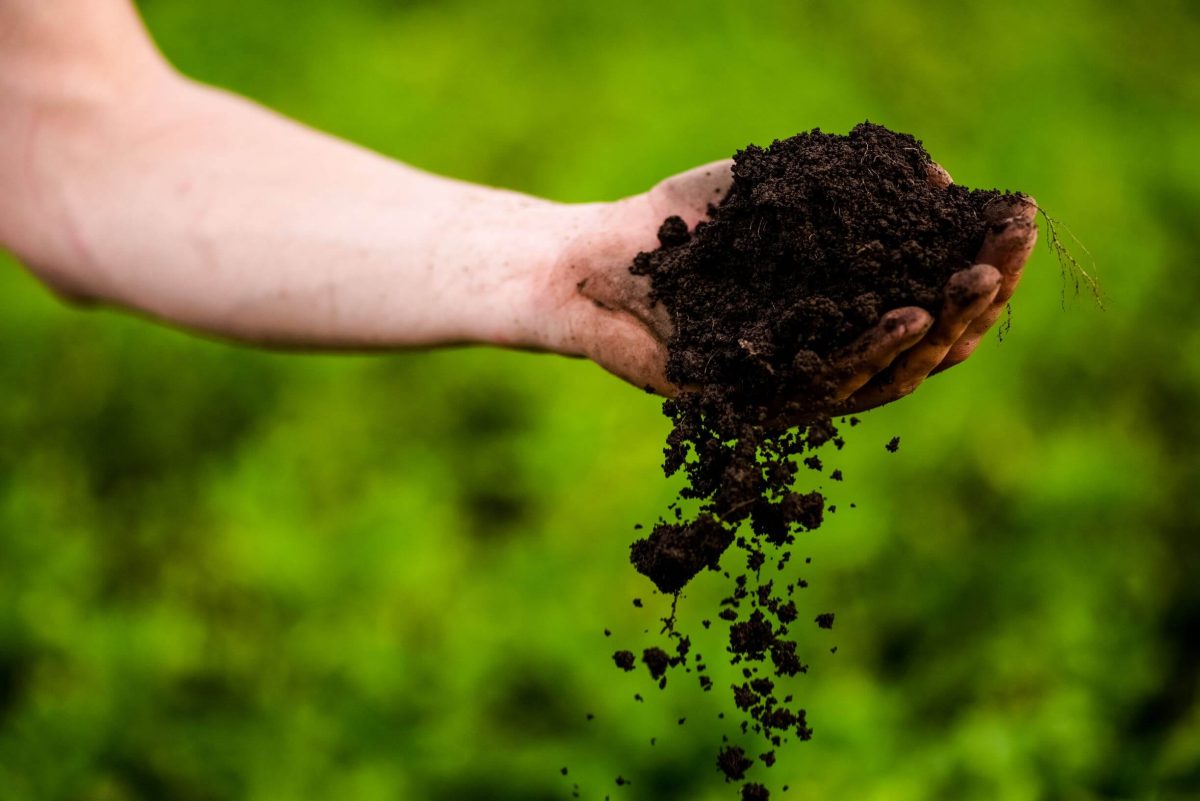
Soil-active herbicides provide weed control by limiting weed seed germination or killing weed seedlings as they emerge. They are applied to soil prior to planting or immediately after seeding and are absorbed by weed seeds and shoots as they germinate. The herbicides diffuse through the soil to control weeds and help maximize crop yields. Factors such as technological advancements in herbicide formulation to provide long residual effect and growing requirement to increase agricultural output are fueling demand for soil-active herbicides globally.
The Global Soil Active Herbicides Market is estimated to be valued at US$ 9841.66 Bn in 2024 and is expected to exhibit a CAGR of 22% over the forecast period 2024 to 2030.
Key Takeaways
Key players operating in the Soil Active Herbicides are GE Additive, Stratasys Ltd., Materialise N.V., EoS GmbH, Allevi, Inc., RegenHU, EnvisionTEC GmbH, 3D Systems, Inc., Nanoscribe GmbH, and GPI Prototype and Manufacturing Services, LLC. GE Additive and Stratasys Ltd. together account for over 30% of the global market share owing to their diversified product portfolio and extensive global distribution network.
The agricultural sector is undergoing major technological advancements such as precision farming, autonomous farm equipment and use of AI & IoT. Herbicide manufacturers are leveraging these technologies to develop soil-active herbicides that allow precision application of herbicides based on soil conditions, reducing chemical run-offs. Such precision weed management solutions offer significant growth opportunities for players in this market.
North America and Europe collectively account for over 60% of the global soil active herbicides market. However, crop protection chemical companies are focusing on emerging countries in Asia Pacific and Latin America region to tap the opportunities arising from growing populations, rising food demand and government initiatives to increase farm output. Partnerships with local distributors and developing low-cost herbicides tailored for smallholder farmers will help increase market penetration in developing markets.
Market Drivers
Increasing mechanization in agriculture and large-scale farming: Adoption of mechanized equipment such as tractors and seed drills for planting and harvesting is on the rise globally. Large scale agricultural practices require effective herbicides to curb weed infestation and maximize crop yields from vast land areas. This is supporting demand for soil active herbicides.
Growing burden of population on agricultural lands: Higher food demand from the rising global population is increasing pressure on limited arable land resources. To boost agricultural productivity and meet food security needs, adoption of improved weed management solutions such as soil active herbicides is growing.
Market Restrain
Stringent environmental regulations: Herbicide run-offs can pollute water bodies and soil. Many countries have implemented stringent regulations regarding herbicide use near water resources and residential areas. Such regulations can limit the application scope of conventional soil herbicides. Developing bio-degradable and targeted herbicides remains a key challenge.
Rising preference for alternative weed control methods: Organic farming practices that refrain from chemical pesticide/herbicide usage are gaining traction. Weed control through mechanical methods and mulching are preferred alternatives. This is a major restraint for synthetic soil herbicide sales.
Segment Analysis
The soil active herbicides market size is dominated by the post-emergence sub-segment. Post-emergence herbicides are widely used as they can effectively control weeds after the crop emerges from the soil. Farmers prefer these herbicides as they do not harm crops and only target emerged weeds. Moreover, farmers can spray post-emergence herbicides selectively over the field as per weed infestation.
Global Analysis
The North American region currently dominates the soil active herbicides market and is expected to continue its dominance during the forecast period. This is attributed to the large agricultural land and rising demand for crop protection chemicals from major countries like the US and Canada. The region witnesses high adoption of advanced farming techniques to boost crop yields. Factors such as favorable government support and initiatives for agricultural development further boost market growth. The Asia Pacific region is projected to witness the fastest growth during the forecast period owing to the surge in agricultural activities and increasing awareness about soil active herbicides among growers in emerging economies like India and China. Countries in LAMEA are also expected to showcase significant growth prospects during the forecast period.
Get more insights on: Soil Active Herbicides Market




























